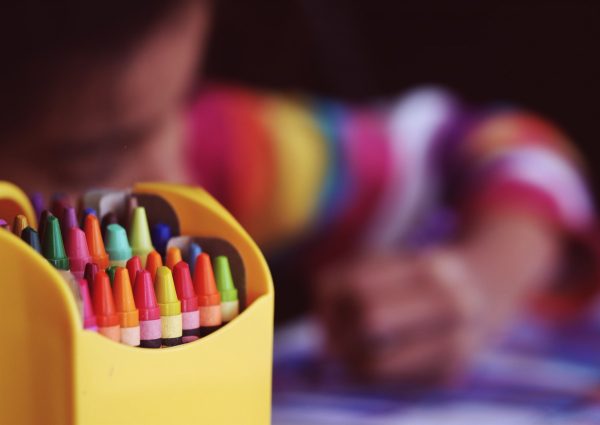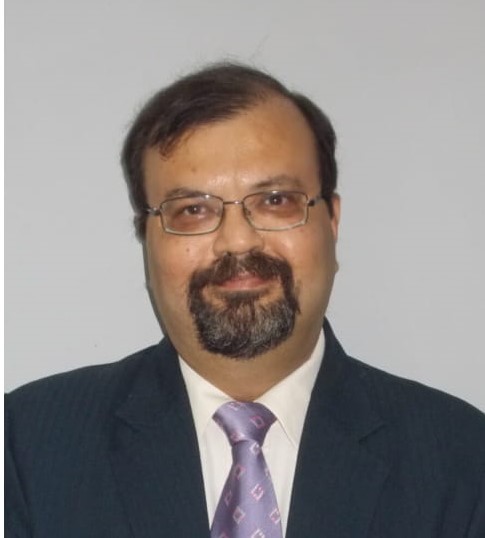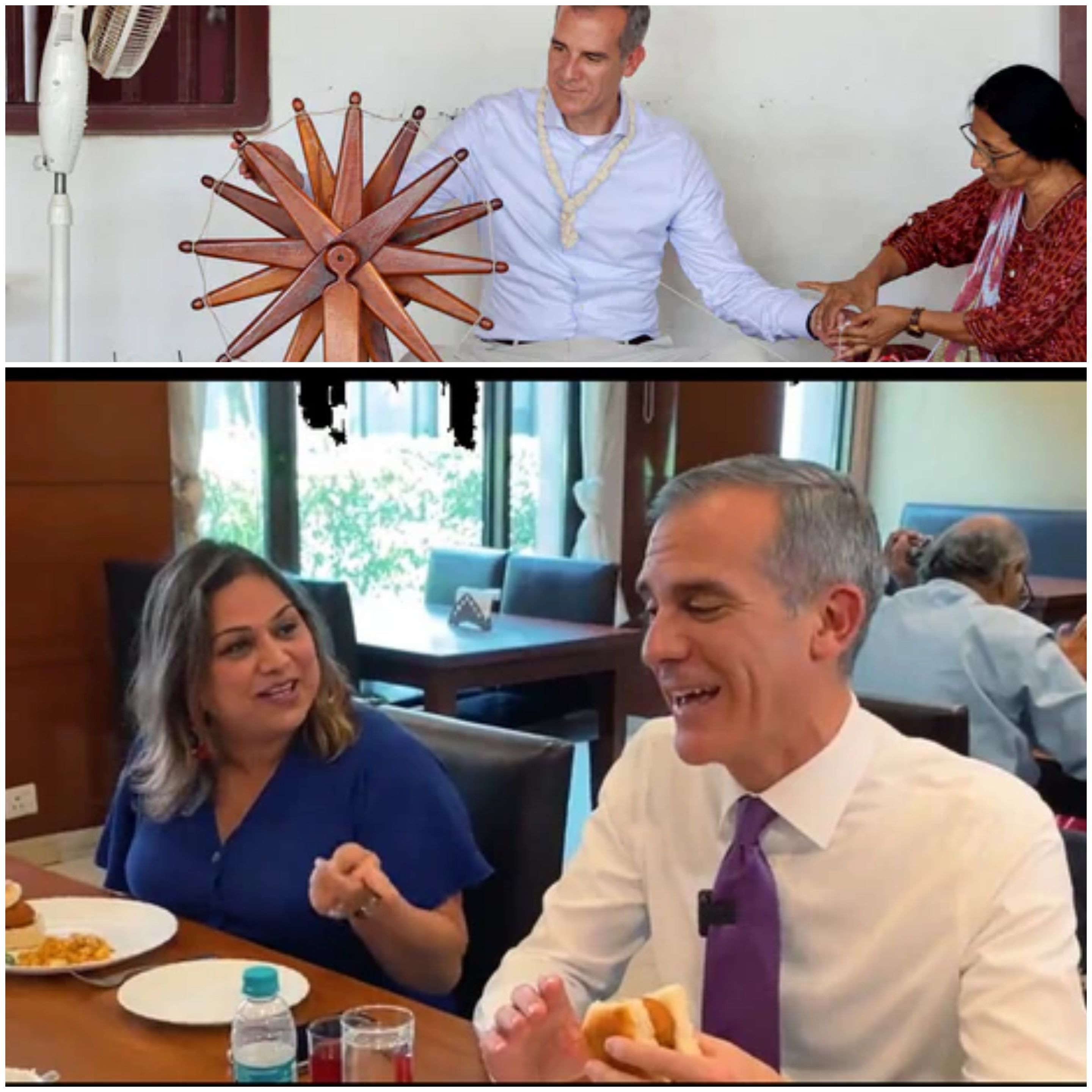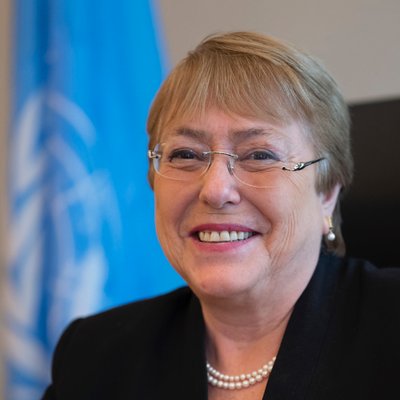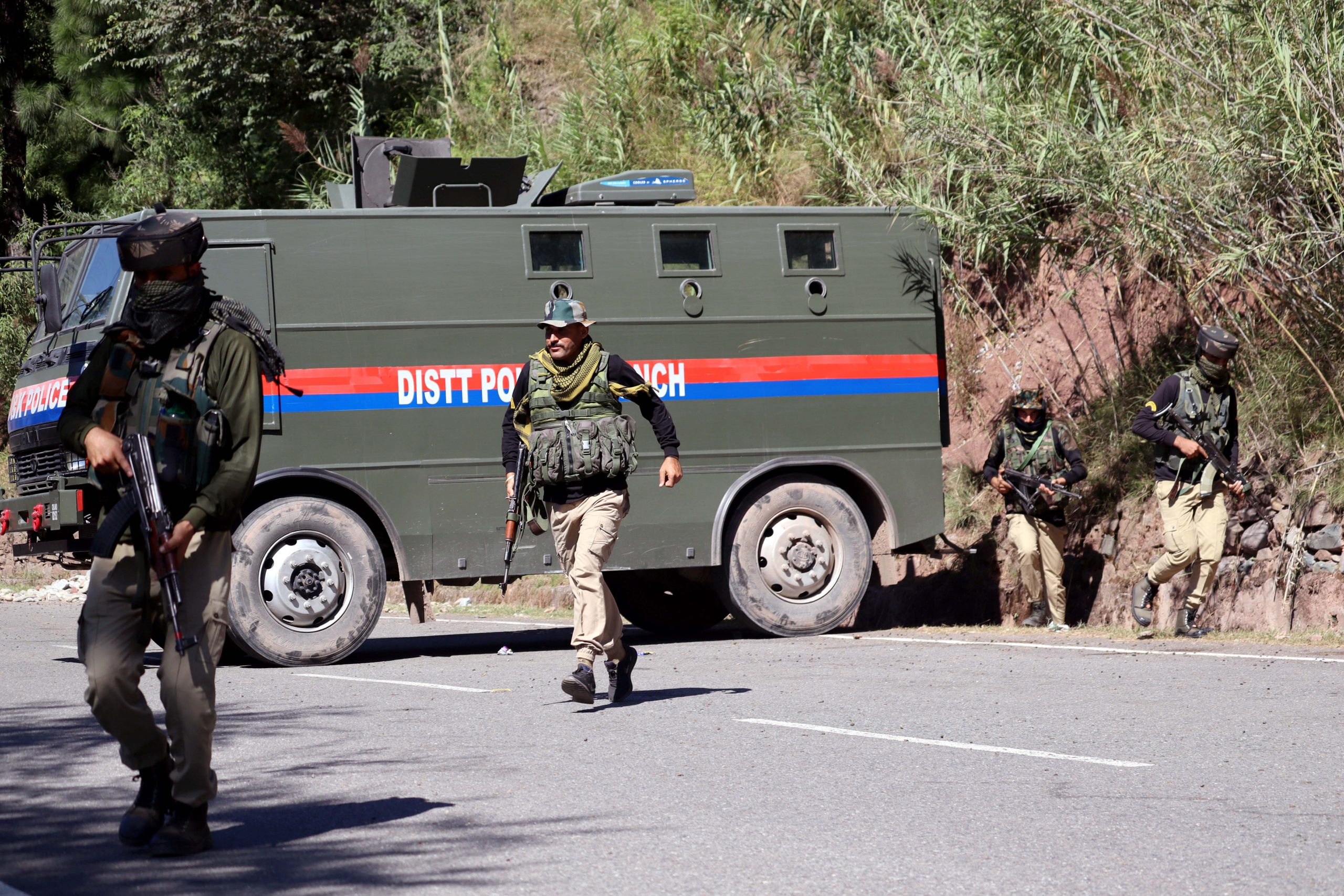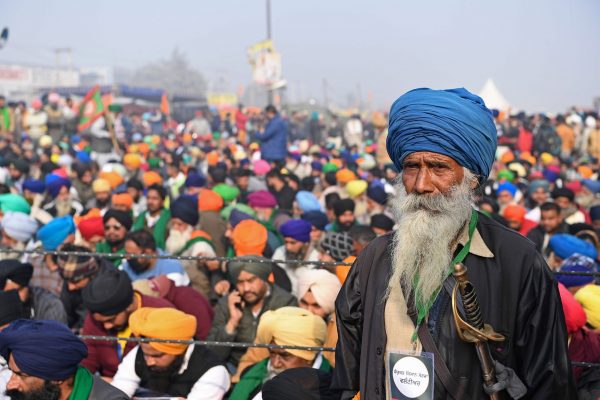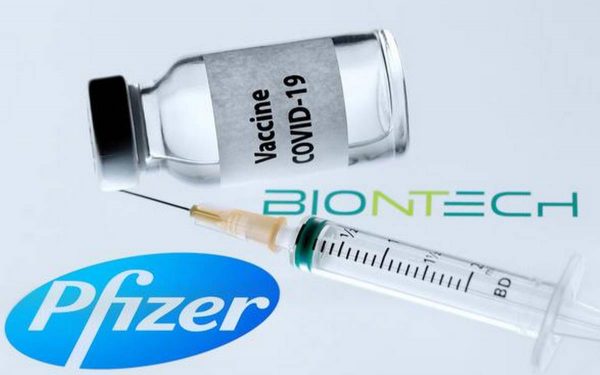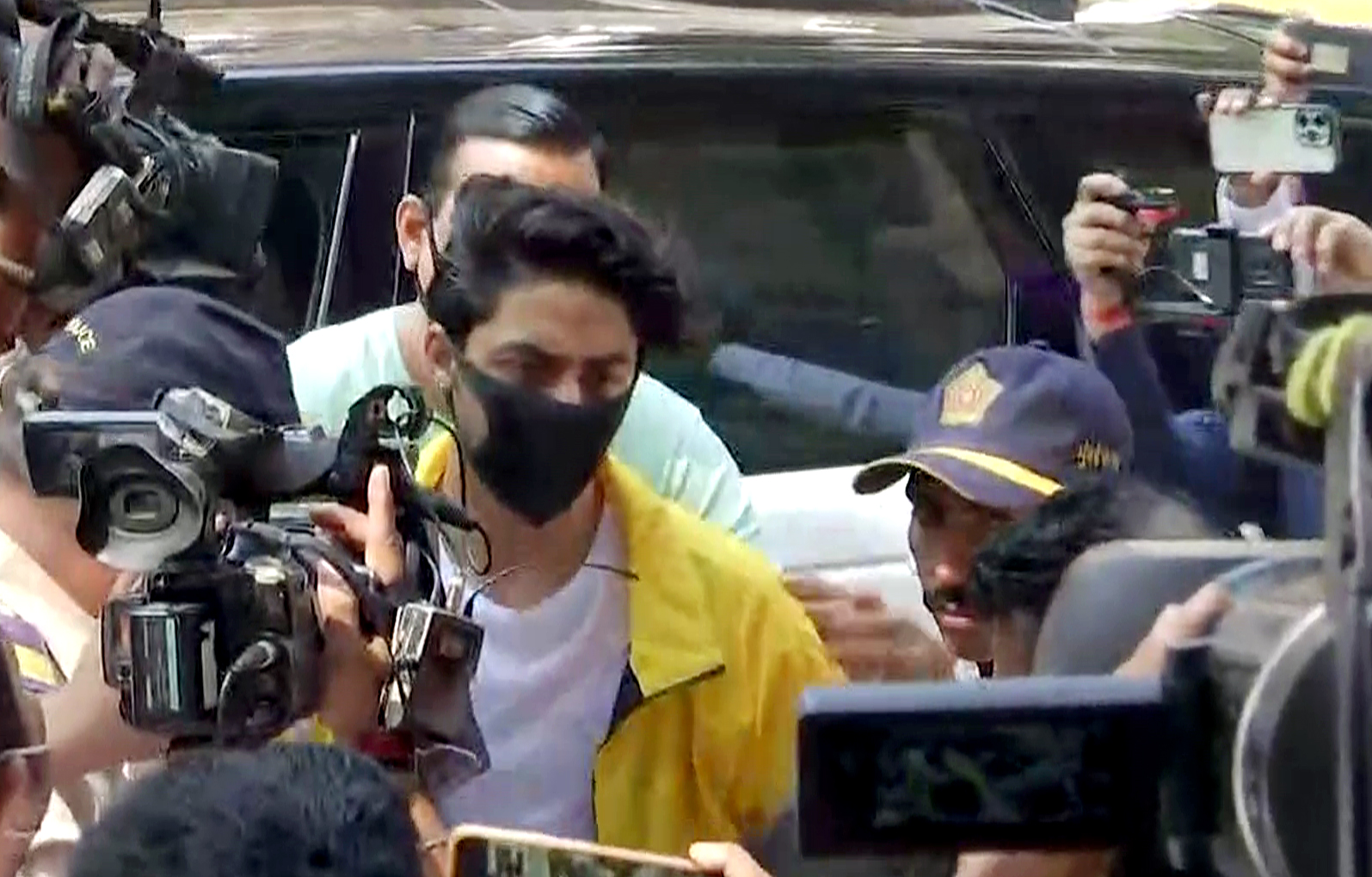Jaylina Jhaveri
Child trauma exists all around us, in households, in educational establishments and as bonded labour. Children account for 15% of victims of trafficking. According to WHO’s estimate 1.7 billion children all over the world undergo abuse of some kind every year. We do not like to acknowledge the reality of child trauma as it frightens us. But we cannot wish it away. The effects of trauma manifest as severe and lifelong mental and physical illnesses. It is estimated that 13% of the global population is affected by mental illness today. We see how trauma affects society as a whole. Child trauma as it exists right now has evolutionary implications. How we handle it will affect our future as a species. It is psychiatry’s greatest challenge.
Despite more than a century and a half of modern psychiatry, mental illness is poorly understood. Mental disorders are primarily understood in terms of their symptoms. They are treated within a biomedical framework, through medication. But psychiatric drugs constitute superficial treatment. They act as damage control. The patient gets symptomatic relief but is reduced to living in survival mode. In addition, these drugs cause harm in the long run. They interfere with the brain’s natural functioning. What is really alarming, however, is the rate of medication of children. More than 130 million children in the world, including toddlers, have been diagnosed with ADHD. More than 80% of them are being treated with quick fix drugs such as Ritalin with developmental consequences for their brains and bodies. Many children are being diagnosed with paediatric bipolar disorder. They are treated with potent medication too.
The contemporary understanding of mental illness functions on the basis of a mind-body rift. There is a lack of appreciation of trauma as a primary contributing factor. Studies have found that between 40 to 70 percent of patients reporting to psychiatric outpatient clinics have histories of trauma which are not factored into their treatment. Modern society has a scientific bias and the lack of knowledge about how trauma translates biologically into mental illness has been a major impediment. Neuroscience, however, has established a scientific correlation between child trauma and mental illness. For example, childhood trauma has now been correlated to an alteration in DNA leading to depression which can be transmitted trans-generationally. Such is the devastation trauma can cause.
Neuroscience shows that traumatized brains are different from non-traumatized ones. A seminal 1997 study in the US identified a number of traumatic stressors labelled as Adverse Childhood Experiences (ACEs). These extend from abuse and bereavement to exposure to poverty. If a child is exposed to one or more of them, a barrage of stress hormones will put his brain and body into a state of chaos. The fear centre in his brain will get stimulated affecting emotion-regulation and cognitive function. This is how mental illness will set in. But neuroscience has established to what extent the brain is plastic. If it has been affected by adversity it will also respond to healing. But therapy has to adapted to this outcome. It needs to be trauma-focused.
Trauma-focused therapy is rooted in the connection between the trauma experience and our physiological and emotional response to it. It has techniques to target traces of trauma lodged in our brains and bodies and divest them of their emotional charge. This is what leads to effective healing. Other therapies such as yoga and mindfulness have also been examined in a trauma-focused way. They are used in a targeted fashion in terms of their effect on brain and nervous system function.
India’s population comprises 440 million children. They constitute one fifth of the world’s total child population. Many of them have inadequate protection from ACEs due to traditional factors such as poverty and illiteracy but also because India is modernizing at breakneck speed. Modernization processes such as urbanization, rising aspirations, the break-up of the joint family and changing gender equations put children in middle- and high-income families too under enormous pressure. But resources to handle India’s mental health demands are lacking. WHO data indicates that there are just 0.3 psychiatrists and 0.04 psychologists per 100,000 people in India. We therefore urgently need to augment the resources in this critical yet underserved sector. India has a large educated class, a network of universities and a pool of well-qualified psychotherapists. They would benefit greatly from cutting-edge training in the field of trauma-focused therapy. This would give much needed support to the cause of trauma treatment in India.
Jaylina Jhaveri writes on mental health, women and child rights and culture. She is setting up a training program in trauma therapy for Indian psychotherapists as well as a trauma survivors’ network.

















